Logistics and Supply Chain Management: Objectives and SCOR
VerifiedAdded on 2023/01/11
|6
|1047
|26
Report
AI Summary
This report delves into the core objectives of logistics and the application of the SCOR (Supply Chain Operations Reference) model. It begins by defining logistics as the process of planning and executing the transportation and storage of goods from production to consumption, emphasizing the goal of meeting customer requirements efficiently. The report outlines key objectives of a successful logistics strategy, including increasing efficiency through cost-effective transportation, improving customer service by ensuring timely and condition-appropriate deliveries and managing returns effectively, boosting revenues by leveraging service improvements as marketing advantages, and fostering strong relationships with carriers. The report then provides a detailed explanation of the SCOR model, which is a decision-making framework for supply chain management. The SCOR model includes five core management processes: Plan, Source, Make, Deliver, and Return. The report explains each of these processes, highlighting their importance in managing demand and supply, procuring goods, transforming products, distributing products to customers, and handling product returns, respectively. In conclusion, the report highlights the importance of understanding the objectives of logistics and utilizing effective methodologies like the SCOR model to strategize and optimize logistics operations for businesses.
1 out of 6
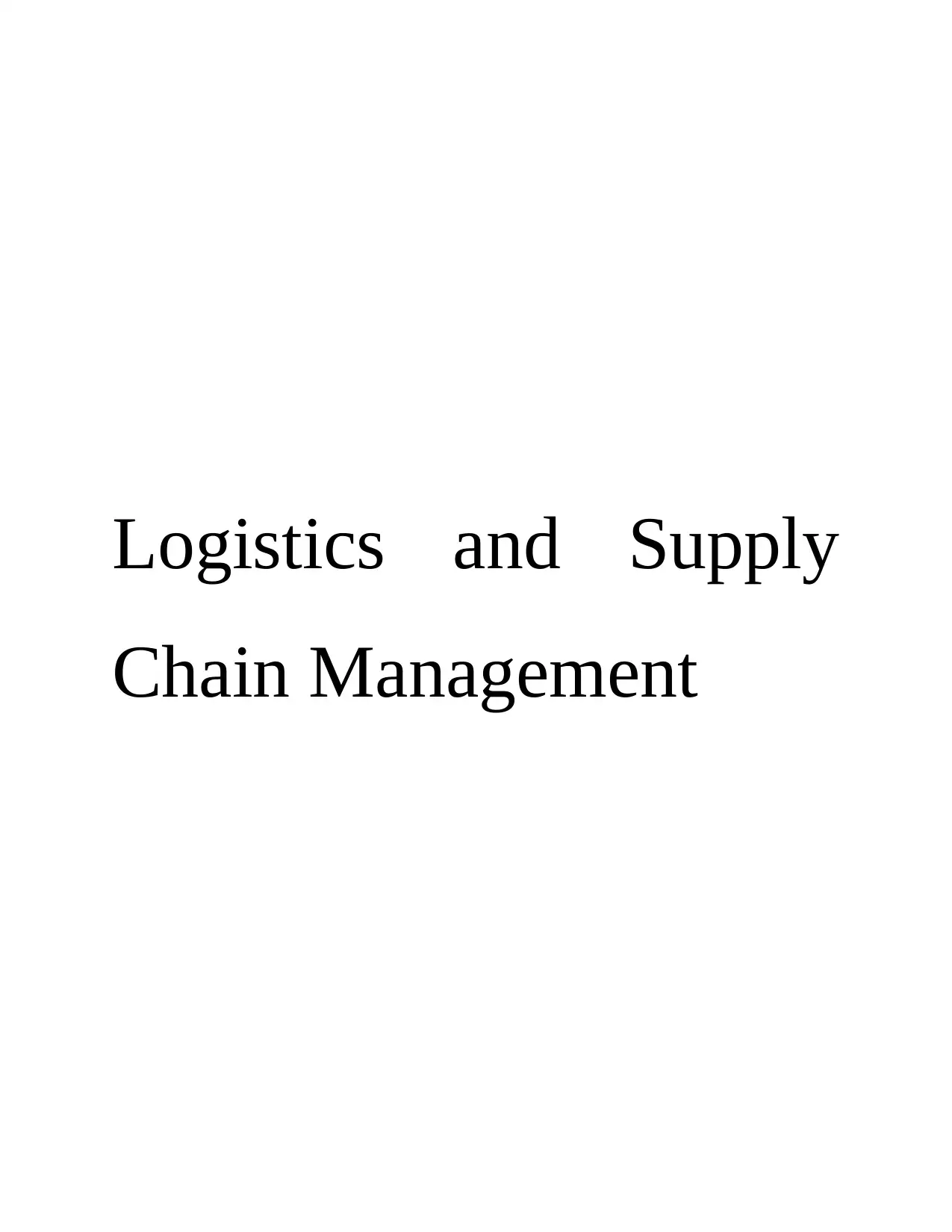
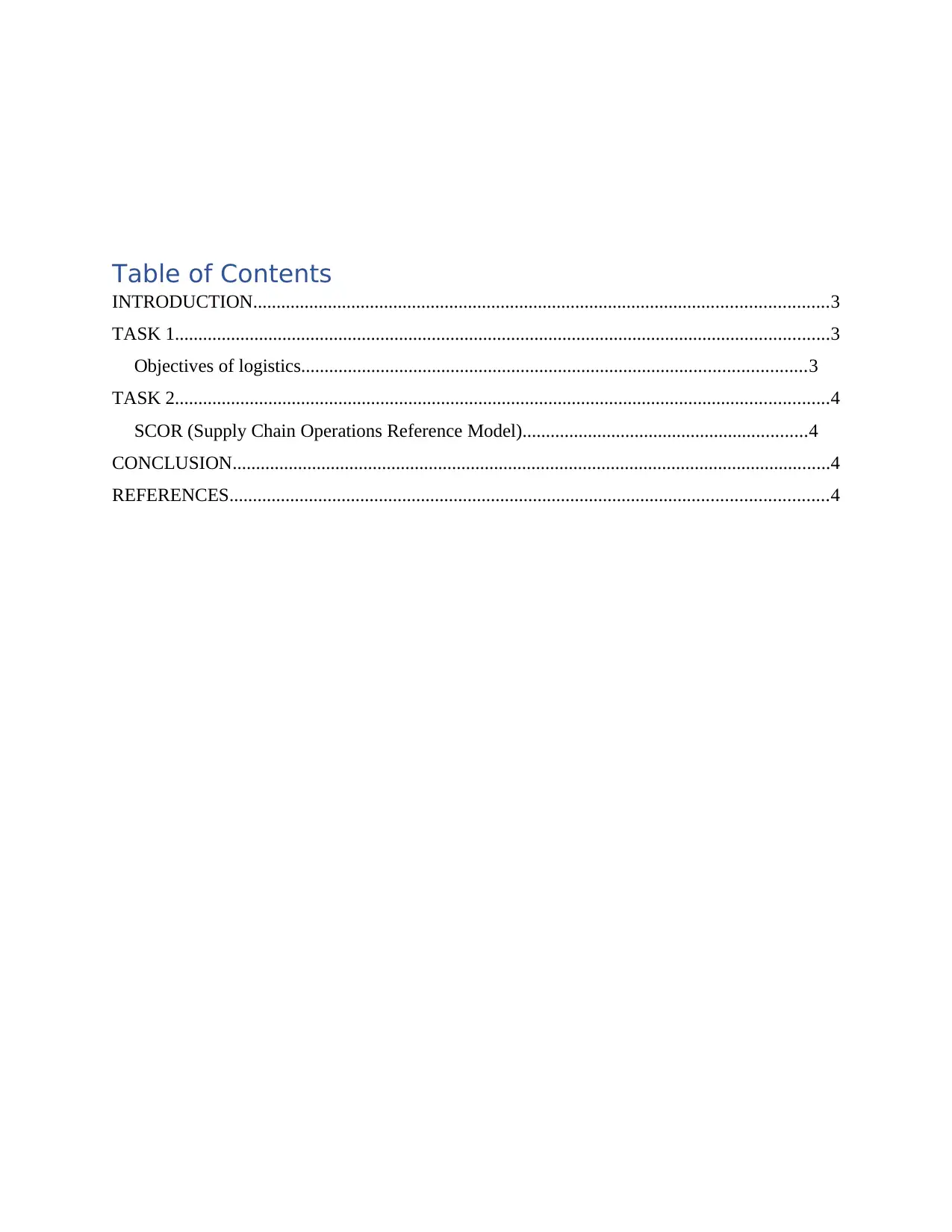
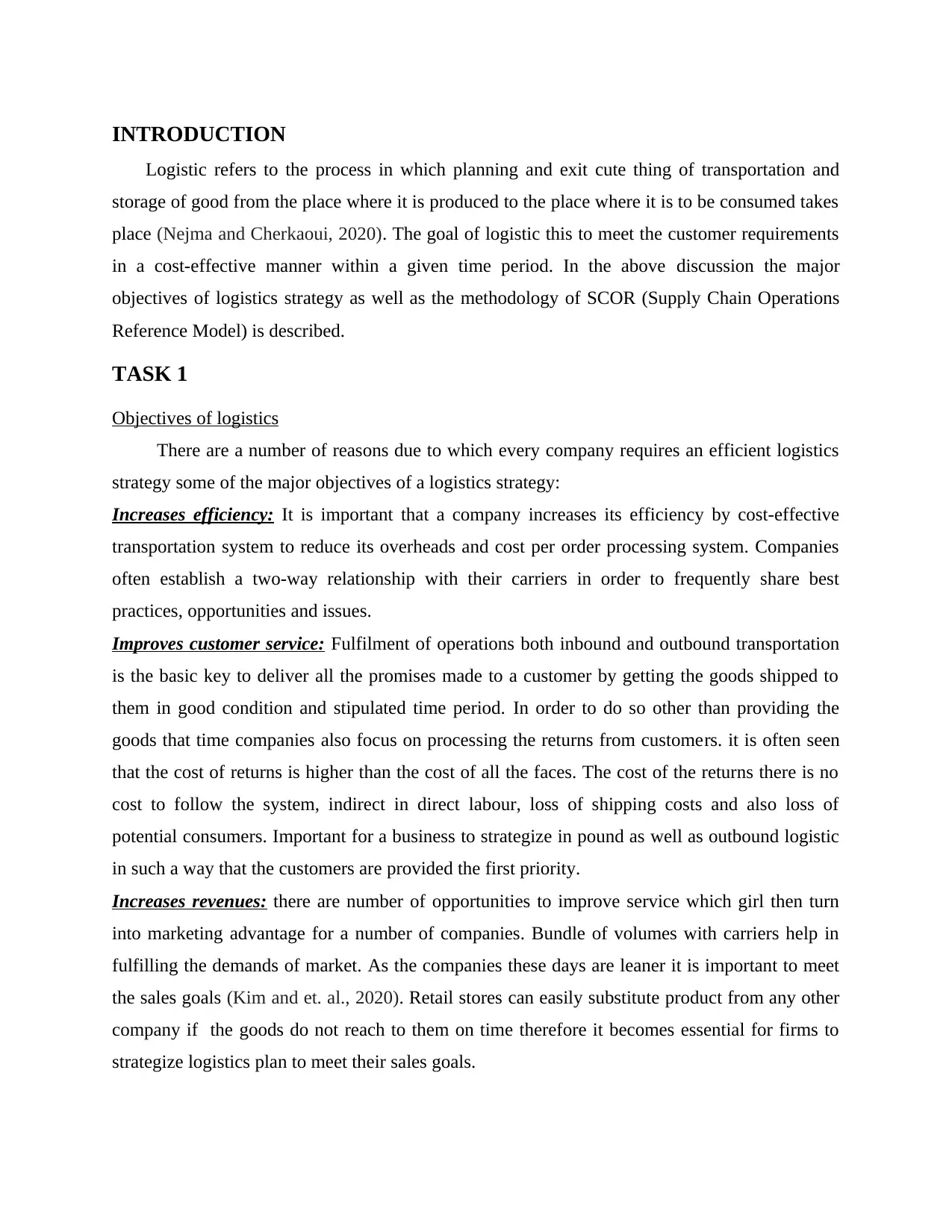

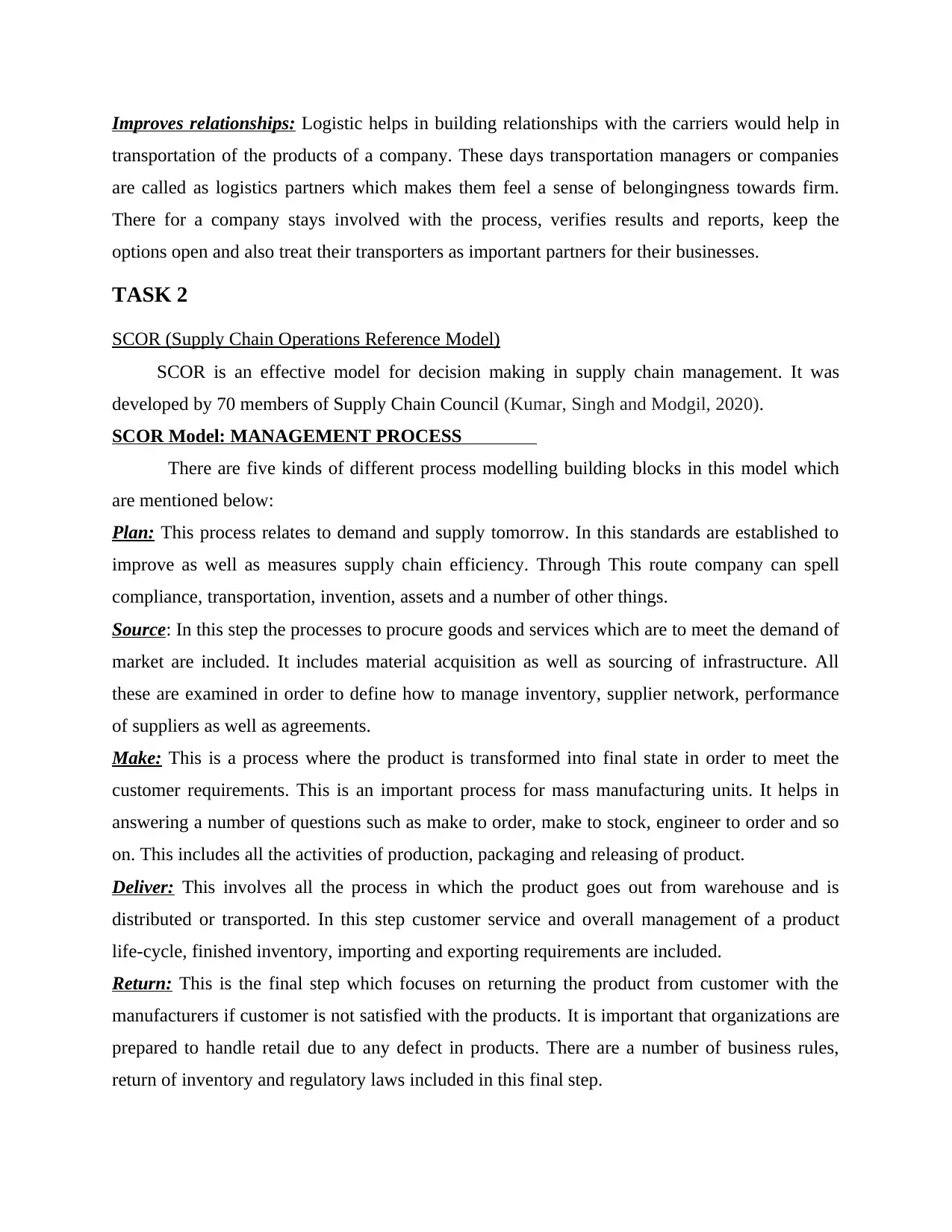

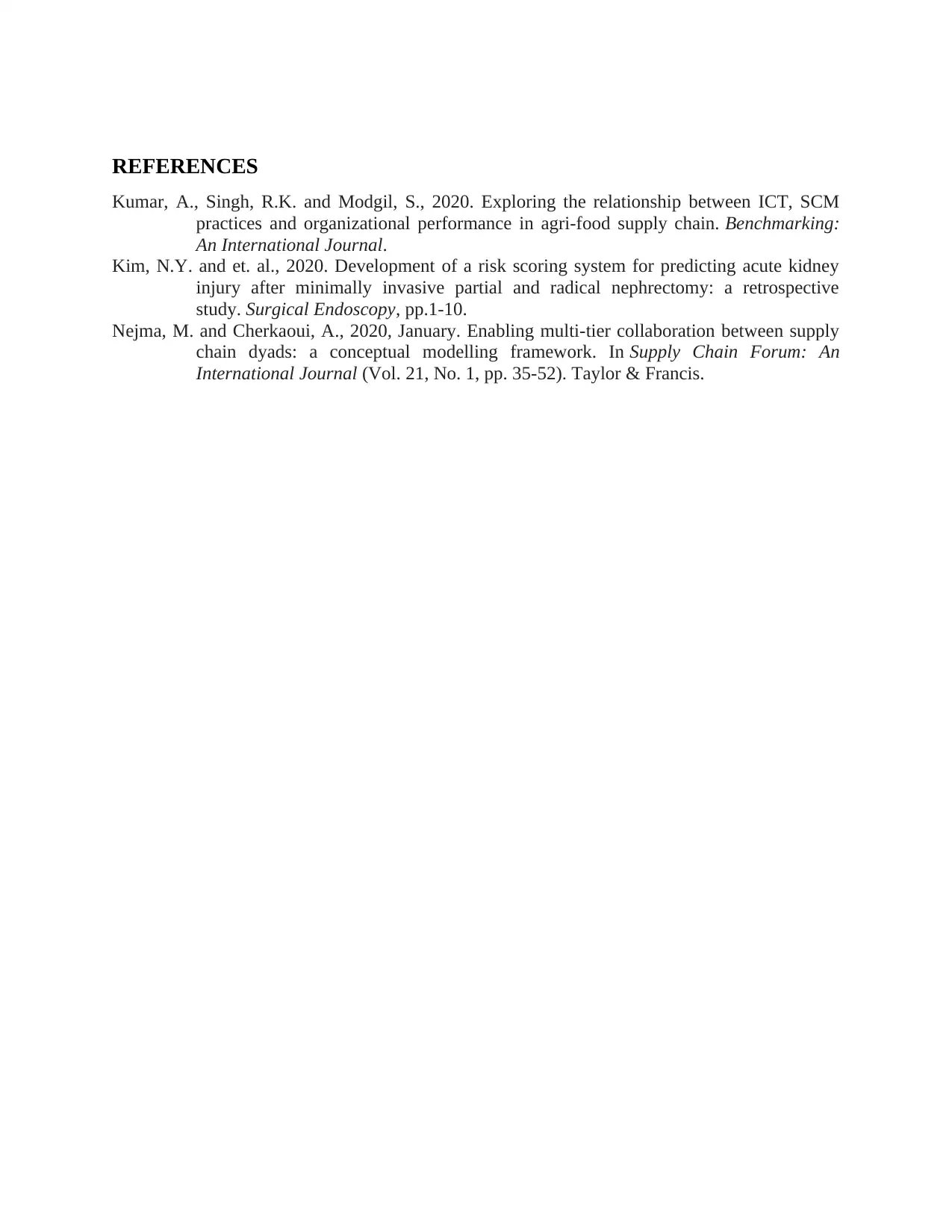






![[object Object]](/_next/static/media/star-bottom.7253800d.svg)